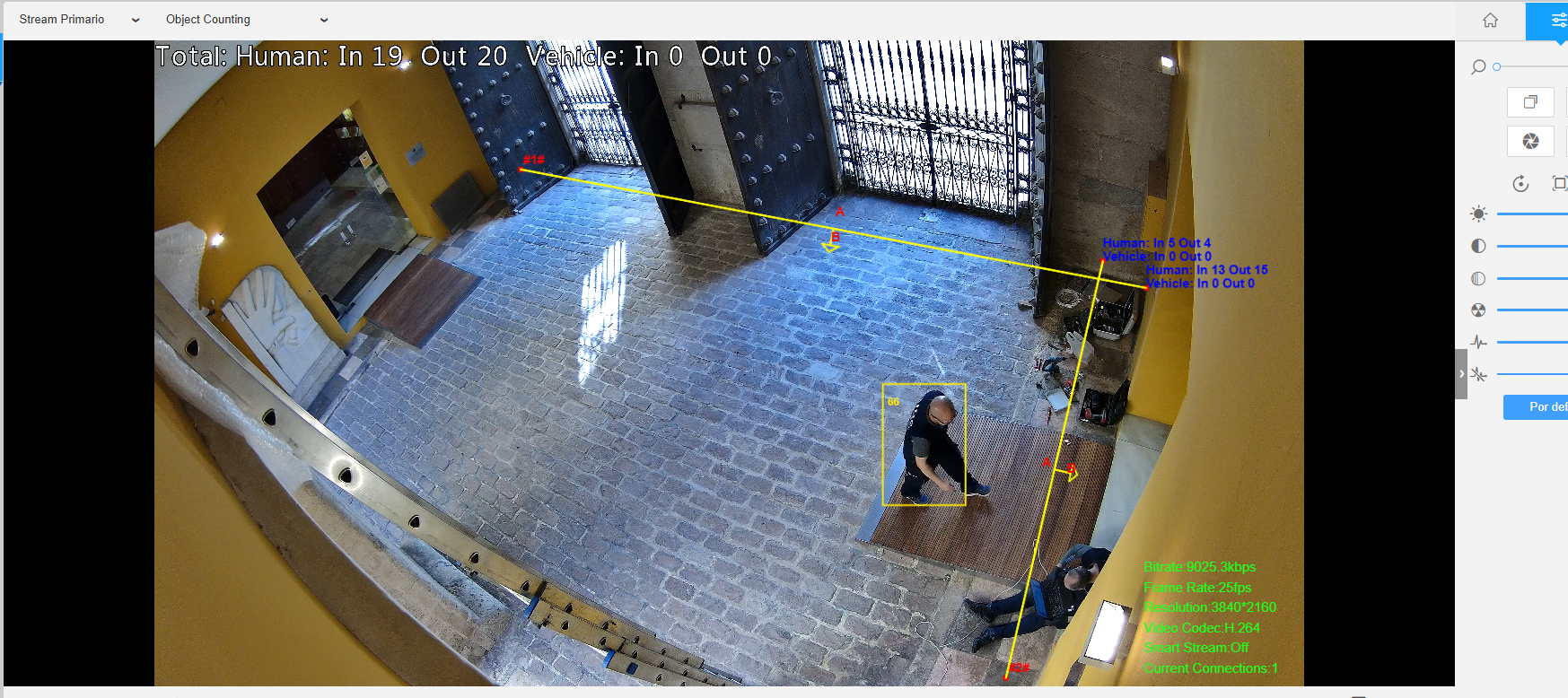Tourism and heritage are inseparably linked. In Mediterranean historic cities, cultural assets are not only testimonies of the past but also living spaces that host millions of visitors each year. Ensuring their preservation requires innovative approaches that integrate preventive conservation of buildings into the wider agenda of sustainable tourism. Safeguarding heritage is, ultimately, safeguarding the identity and memory of the places where people live, work, and connect across generations.
Tourism Pressure and Climate Change
Historic centres in the Mediterranean region are especially sensitive to overtourism. Crowds, humidity, vibrations, and temperature fluctuations accelerate deterioration, yet these same buildings are central to the city’s cultural identity and economic vitality. These risks are further aggravated by the impacts of climate change, such as heatwaves, droughts, or heavy rainfall, which intensify the pressure on built heritage. Monitoring and data-driven tools not only help protect single monuments but also provide valuable insights for managing entire historic districts, balancing residents’ wellbeing with visitors’ enjoyment and the long-term sustainability of destinations.
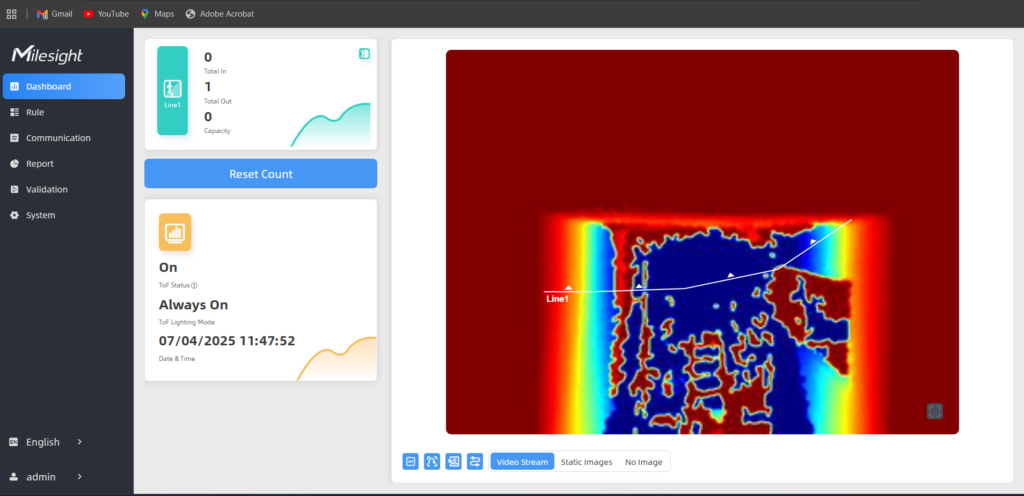
Preventive conservation as a foundation for sustainability
Preventive conservation is a collaborative process where many experts intervene, where building managers and users play a crucial role, and where continuous communication among all actors is essential. Staff training and visitor awareness are key, ensuring that care for heritage is shared, reinforced and constantly renewed. It is a collective responsibility that brings together curators, technicians, local authorities, and the communities who inhabit these spaces, transforming conservation into a living dialogue rather than a static practice.
By linking conservation with the management of tourism flows, preventive strategies become part of a broader sustainability framework: one that protects heritage, sustains local culture and identity, and enhances the visitor experience. In this sense, conservation is not a constraint but a pillar of sustainable tourism, ensuring that cultural assets remain both accessible and authentic.
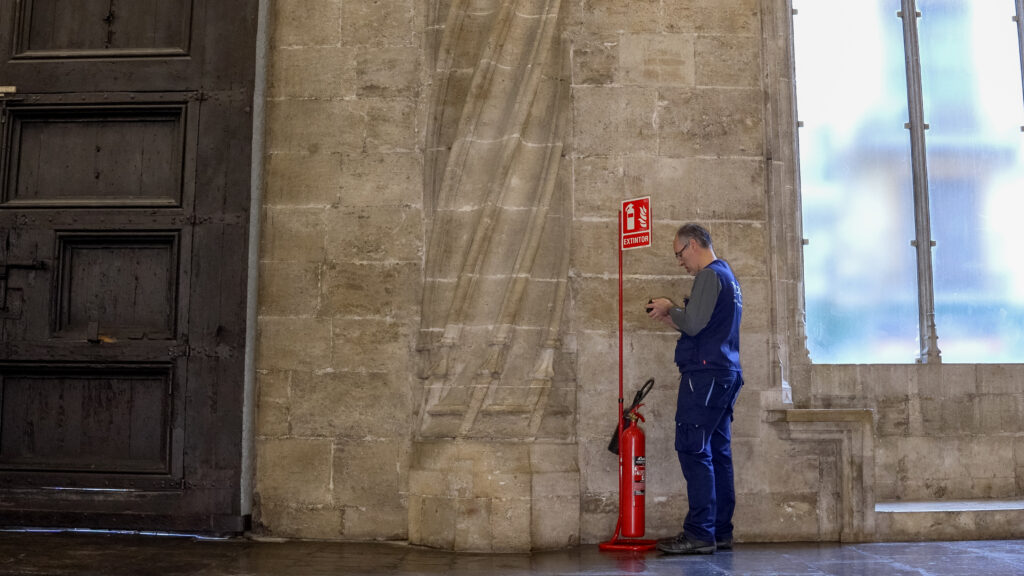
Fundación Santa María la Real del Patrimonio Histórico has long made preventive conservation a central pillar of its mission. Over decades, it has pioneered methods to monitor and care for heritage assets before damage requires costly or invasive restoration. This approach significantly reduces the need for disruptive interventions and avoids temporary closures of historic sites. Repair is almost always more expensive than maintenance, and in the case of historic buildings with tourist use, the opportunity costs are also high: when a monument must close for major restoration, the losses in visitor revenues and in destination reputation can be substantial. In a broader sense, this philosophy teaches that caring for heritage is also caring for the social and economic balance of the places that depend on it.
Valencia City: From HERIT-DATA to TOURISMO
Valencia provides a compelling example of this shared path. The HERIT-DATA Interreg MED project, co-financed by the European Regional Development Fund, laid the groundwork by deploying sensors to monitor the Basilica of the Virgen de los Desamparados and the Crypt of Saint Vincent, two sites deeply embedded in the city’s cultural and spiritual identity. Building on this experience, the Interreg Euro-MED TOURISMO project has implemented monitoring at La Lonja, UNESCO World Heritage Site, and the Museum of the City, which showcases the creativity of both historic and contemporary Valencian artists.
In Valencia, preventive conservation is not limited to safeguarding individual monuments; it contributes to a wider vision of managing the city’s historic core as a living destination. Within TOURISMO, the pilot actions in Valencia have gone beyond the installation of devices. Dedicated personnel were involved to help manage visitor flows and prevent overcrowding in highly frequented areas. From the very beginning, the work was carried out directly with the directors of these pilot sites and the municipal Heritage Office, in order to implement a monitoring plan adapted to the conditions and needs of each building.
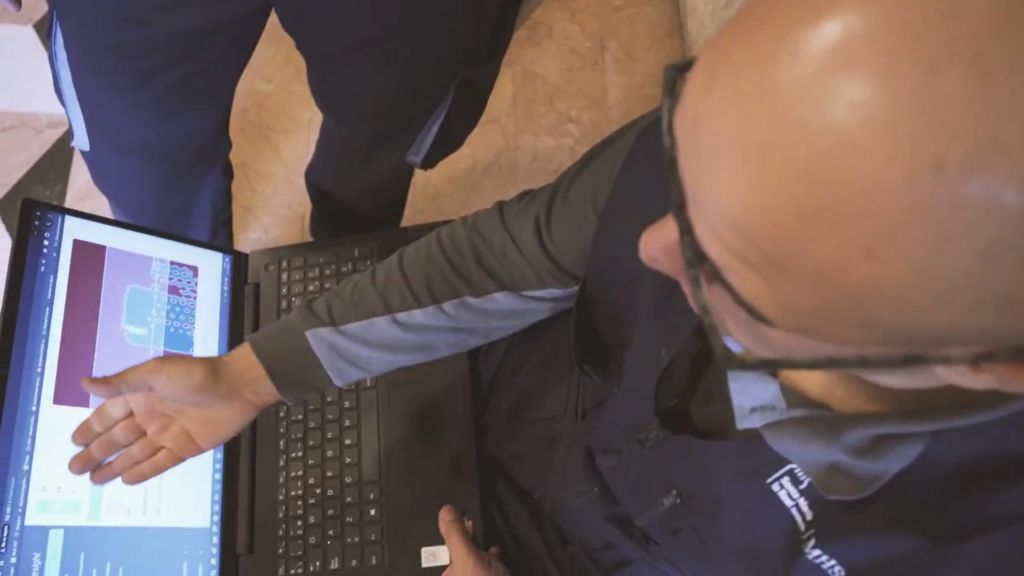
The monitoring systems include sensors measuring temperature, humidity, luminosity, noise and other environmental parameters, enabling managers to assess whether to adjust lighting, heating or cooling systems. These decisions are guided not only by energy efficiency but, above all, by a deeper understanding of the building’s behaviour and conservation needs. In heritage management, the best solution is not always the most immediate, but the one that ensures the long-term preservation and authenticity of the site.
A European Vision for the Future
The TOURISMO experience in Valencia illustrates how data-driven decision-making and multi-level governance, can transform the way destinations approach heritage management. Preventive conservation thus becomes a strategic tool not only for protecting monuments, but for shaping more sustainable, inclusive, and liveable Mediterranean cities. By embedding preventive conservation into tourism strategies, cities contribute to the European Green Deal objectives and the Sustainable Development Goals (SDGs), particularly those linked to climate action, cultural preservation, and resilient communities.
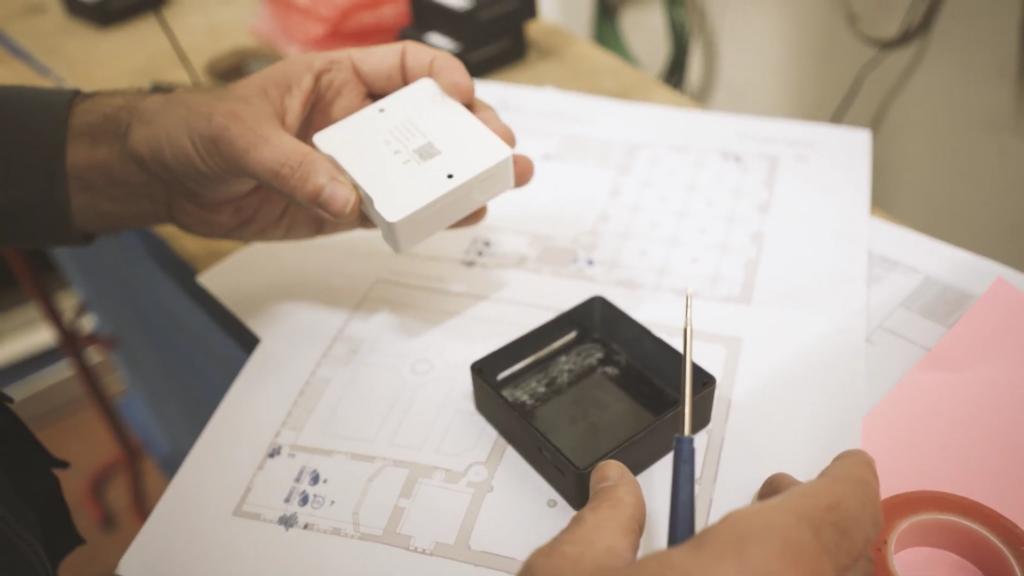
As Europe charts its path towards climate neutrality and cultural resilience, we must reaffirm that every investment in preventive conservation is an investment in the future of tourism. Preserving authenticity while enriching visitor experiences is the shared path forward: one where tourism and conservation work hand in hand to ensure that future generations inherit both vibrant cities and the living memory of our collective past.
TOURISMO is a project contributing to the Sustainable Tourism Mission of the Interreg Euro-MED Programme

